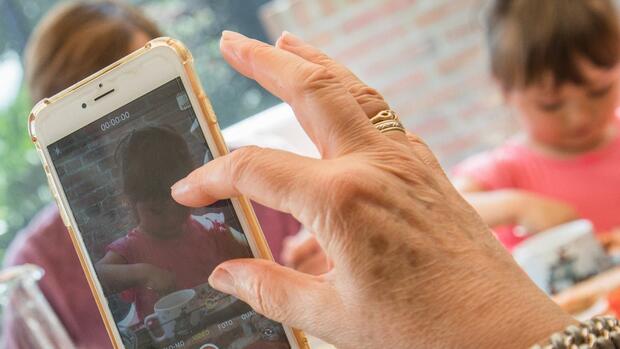![]()
Many people are already doing this right in Berlin, as a Civey survey commissioned by the Association of the Internet Industry (eco) shows. Accordingly, around four fifths (81.6 percent) of all parents surveyed restrict the circle of recipients when they share photos via messenger service.
Options for selecting recipients
Alexandra Koch-Skiba, head of the eco complaints office, also advises on this. Such photos should be shared only with relatives or close friends. Common platforms offer precise security settings that go beyond the actual decision of a private or public account.
For example, with holiday pictures that you want to share in your status – temporarily and up to 24 hours – “in the meantime, it can be decided for each individual contact whether the photos are displayed to him or not,” says Koch-Skiba.
Be careful with bath photos – better not to share
In principle, she advises to refrain from images that show children or young people naked or only lightly dressed – for example in swimwear. She warns that such family photos can fall into the wrong hands and be sexualized. According to the survey, 77.7 percent refrain from sending photos in which their children can be seen undressed.
But even supposedly harmless photos of completely dressed recognizable children, for example on the playground or children’s birthday, should not be published without hesitation. Even such motives could “sometimes appear in pedophile forums and be put in the wrong context,” says Koch-Skiba.
Making children’s faces unrecognizable
Here the expert advises to photograph only the back of the head or to make the children’s faces unrecognizable with a smiley or by pixelation before sending. According to the survey, only 17.8 percent of parents pay attention not to show the children’s face. And only about 8.8 percent cover their faces with smileys.
The opinion research company Civey surveyed 1003 people on behalf of eco between July 27 and August 5, 2022.









